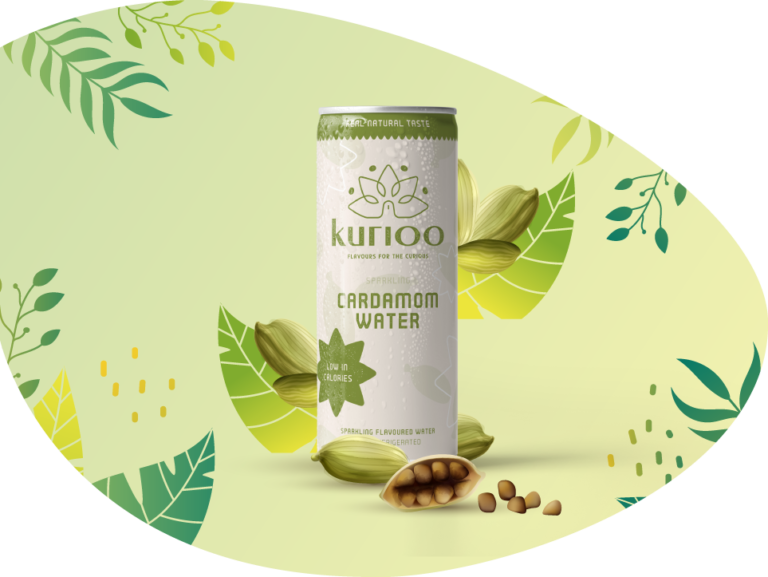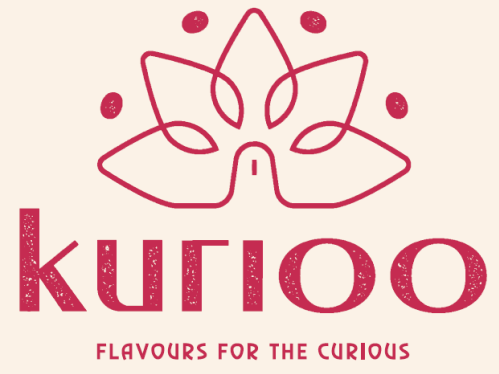
TRADITIONAL INDIAN SYRUPS …
In South-Asian countries (India, Pakistan etc…), where temperatures can rise up to over 50° Celsius in summer, local communities turn to homemade flavored water for refreshment. Inspired by herbal pharmacopeia, which has a history of almost 1000 years, locals mix up their water with natural Indian syrups, such as Cardamom and Falsa Fruit, to spice up their drink and quench their thirst.
THE INDIAN PEAFOWL,THE NATIONAL BIRD OF INDIA.
Proud of our roots, we chose the Indian Peafowl as our mascot. With its colorful feathers and spectacular bronze-green tail, the peacock represents the vivid Indian culture and its daring flavors. Known as a curious animal, the peacock is the perfect companion for exploring new tastes.
CURIOUS?
DISCOVER OUR PRODUCTS
Cardamom, sometimes cardamon or cardamum, is a spice made from the seeds of several plants in the genera Elettaria and Amomum in the family Zingiberaceae. Both genera are native to the Indian subcontinent and Indonesia. Their small seed pods recognize them: triangular in cross-section and spindle-shaped, with a thin, papery outer shell and small, black seeds; Elettaria pods are light green and smaller, while Amomum pods are larger and dark brown.
Species used for cardamom are native throughout tropical and subtropical Asia. The first references to cardamom are found in Sumer and the Ayurvedic literature of India. Nowadays it is also cultivated in Guatemala, Malaysia, and Tanzania. The German coffee planter Oscar Majus Klöffer introduced Indian cardamom to cultivation in Guatemala before World War I; by 2000, that country had become the biggest producer and exporter of cardamom in the world, followed by India.
Types and distribution
The two main types of cardamom are:
- True or green cardamom (or when bleached, white cardamom) comes from the species Elettaria cardamomum and is distributed from India to Malaysia. What is often referred to as white cardamon is actually Siam cardamom, Amomum krervanh.
- Black cardamom, also known as brown, greater, large, longer, or Nepal cardamom, comes from species Amomum subulatum and is native to the eastern Himalayas and mostly cultivated in Eastern Nepal, Sikkim, and parts of Darjeeling district in West Bengal of India, and southern Bhutan.
The two types of cardamom, κάρδαμον and ἄμωμον, were distinguished in the fourth century BCE by the Greek father of botany, Theophrastus. Theophrastus and informants knew that these varieties were originally and solely from India.
Food and beverage
Besides use as flavourant and spice in foods, cardamom-flavoured tea, also flavoured with cinnamon, is consumed as a hot beverage in Bangladesh, India, Nepal, and Pakistan.
Cardamom has a strong, unique taste, with an intensely aromatic, resinous fragrance. Black cardamom has a distinctly more smoky, though not bitter, aroma, with a coolness some consider similar to mint.
Green cardamom is one of the most expensive spices by weight, but little is needed to impart flavour. It is best stored in the pod, as exposed or ground seeds quickly lose their flavour. Grinding the pods and seeds together lowers both the quality and the price. For recipes requiring whole cardamom pods, a generally accepted equivalent is 10 pods equals 1+1⁄2 teaspoons of ground cardamom.
It is a common ingredient in Indian cooking. It is also often used in baking in the Nordic countries, particularly in Sweden, Norway, and Finland, where it is used in traditional treats such as the Scandinavian Yule bread Julekake, the Swedish kardemummabullar sweet bun, and Finnish sweet bread pulla. In the Middle East, green cardamom powder is used as a spice for sweet dishes and traditional flavouring in coffee and tea. In addition, cardamom is used to a wide extent in savoury dishes. In some Middle Eastern countries, coffee and cardamom are often ground in a wooden mortar, a mihbaj, and cooked together in a skillet, a mehmas, over wood or gas, to produce mixtures as much as 40% cardamom.
In Asia, both types of cardamom are widely used in both sweet and savory dishes, particularly in the south. Both are frequent components in spice mixes, such as Indian and Nepali masalas and Thai curry pastes. In addition, green cardamom is often used in traditional Indian sweets and masala chai (spiced tea).
Both are also often used as a garnish in basmati rice and other dishes. Individual seeds are sometimes chewed and used in much the same way as chewing gum. Confectionery giant Wrigley uses it; its Eclipse Breeze Exotic Mint packaging indicates the product contains “cardamom to neutralize the toughest breath odors”. It is also included in aromatic bitters, gin, and herbal teas.
In Korea, medicinal cardamom (Amomum villosum var. xanthioides) and black cardamom (Amomum tsao-ko) are used in traditional tea called jeho-tang.
World production
By the early 21st century, Guatemala became the largest producer of cardamom in the world, with an average annual yield between 25,000 and 29,000 tonnes. The plant was introduced there in 1914 by Oscar Majus Kloeffer, a German coffee planter. India, formerly the largest producer, since 2000 has been the second worldwide,[18] generating around 15,000 tonnes annually.
Increased demand since the 1980s, principally from China, for both A. villosum and A. tsao-ko, has been met by farmers living at higher altitudes in localized areas of China, Laos, and Vietnam, people typically isolated from many other markets.
History
Chinese drawing and description of cardamom from the Bencao Pinhui Jingyao (1505), by imperial physician Liu Wentai.
Cardamom production began in ancient times and has been referred to in ancient Sanskrit texts as ela. The Babylonians and Assyrians recognized the health benefits of the spice early on, and trade in cardamom opened up along land routes and by the interlinked Persian Gulf route controlled from Dilmun as early as the third millennium BCE Early Bronze Age, into western Asia and the Mediterranean world.
The ancient Greeks thought highly of cardamom, and the Greek physicians Dioscorides and Hippocrates wrote about its therapeutic properties, identifying it as a digestive aid. Due to demand in ancient Greece and Rome, the cardamom trade developed into a handsome luxury business; cardamom was one of the spices eligible for import tax in Alexandria in 126 CE. In medieval times, Venice became the principal importer of cardamom into the west, along with pepper, cloves and cinnamon, which was traded with merchants from the Levant with salt and meat products.
Amomum was an important part of the economy in China during the Song Dynasty (960–1279). In 1150, the Arab geographer Muhammad al-Idrisi noted that cardamom was being imported to Aden, in Yemen, from India and China.
Later, in the 16th century, the Portuguese became involved in the trade, when it conquered the west coast of India, but the industry did not become of major interest on a wider scale to Europeans until the 19th century.
